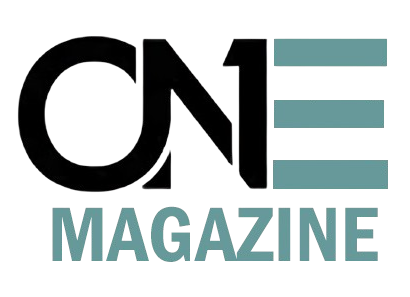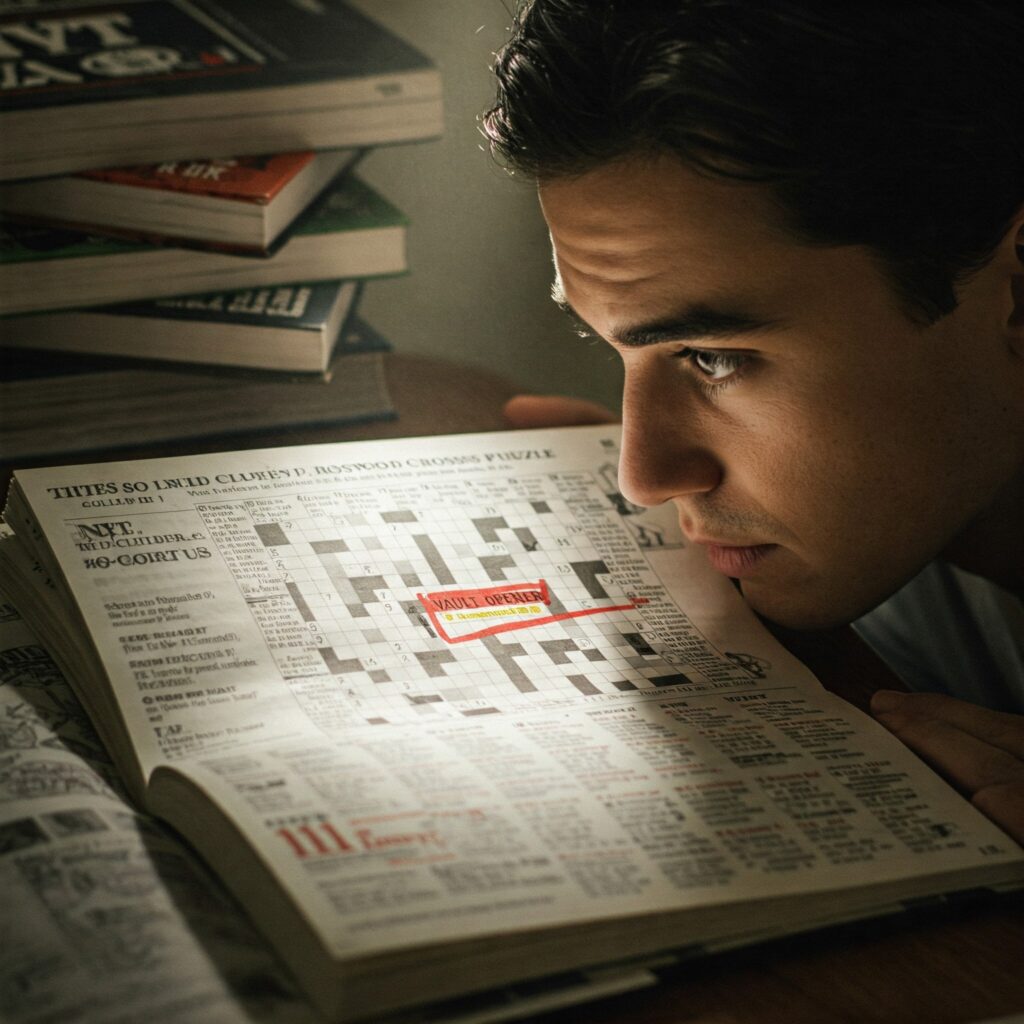Crossword puzzles, like those in The New York Times, are known for clever wordplay and tough clues. One such clue that has intrigued solvers is “Vault opener?” This article looks at different ways to interpret this clue. It explores possible answers and gives tips to boost your crossword-solving skills.
Understanding the “Vault Opener?” Clue
At first glance, “Vault opener?” might suggest a tool or method used to open a secure storage, such as a key or combination. The NYT crossword clues shine with double meanings and clever wordplay.
Multiple Interpretations of “Vault”
The term “vault” can refer to:
-
A Secure Room or Safe: Commonly found in banks to store valuables.
-
A Gymnastic Maneuver: An event where athletes leap over an apparatus.
-
An Architectural Structure: A curved ceiling or roof.
The question mark at the end of the clue hints at a wordplay. It asks solvers to think outside the box.
Common Answer: “POLE”
A prevalent answer to the “Vault opener?” clue is “POLE.” Here’s why:
-
Gymnastics Context: In pole vaulting, an athlete uses a pole to propel themselves over a high bar. Thus, the pole serves as the “opener” for the vault.
This interpretation showcases the NYT crossword’s penchant for misdirection and layered meanings.
Strategies for Deciphering Tricky Clues
Solving crossword puzzles needs a mix of vocabulary, creative thinking, and smart strategies. Here are some tips to tackle ambiguous clues like “Vault opener?”:
-
Consider Alternative Meanings: Words often have multiple definitions. For “vault,” think beyond the obvious:
-
Physical Vaults: Safes or secure rooms.
-
Sports Terminology: Gymnastic or athletic events.
-
Architectural Elements: Arched structures.
By broadening your perspective, you increase the chances of arriving at the correct answer.
-
-
Pay Attention to Punctuation: A question mark at the end of a clue signals wordplay or a non-literal interpretation. This is a cue to think creatively and consider puns or idiomatic expressions.
-
Leverage Cross-References: Use intersecting words you’ve already solved to provide context. These letters can help eliminate incorrect guesses and guide you toward the right answer.
-
Embrace the Challenge: Difficult clues are designed to push your thinking. Embrace the process of trial and error, and don’t hesitate to use hints or solving aids when needed.
The Art of Wordplay in NYT Crosswords
The “Vault opener?” clue exemplifies the artful wordplay that makes NYT crosswords both challenging and rewarding. Constructors use puns, homophones, anagrams, and cultural references. They create clues that make solvers think outside the box.
Evolution of Clue Construction
Crossword clues have gotten more creative over time. They now use different types of wordplay and misdirection. This evolution keeps solvers engaged and continually challenges their linguistic and cognitive skills.
Conclusion
The “Vault opener?” clue in The New York Times crossword is a testament to the puzzle’s intricate design and the cleverness of its constructors. By embracing the many sides of language and using smart thinking, solvers can crack tricky clues. They will feel great satisfaction from finishing these beloved puzzles. Remember, each puzzle is an opportunity to learn, challenge yourself, and have fun with words.
FAQs
-
What is the most common answer for “Vault opener?” in NYT crosswords?
The most frequent answer is “POLE,” referring to the equipment used in pole vaulting.
-
Why does the clue “Vault opener?” have a question mark?
The question mark shows that the clue uses wordplay or a non-literal meaning. It encourages solvers to think beyond the obvious.
-
Are there other possible answers for “Vault opener?”
While “POLE” is common, other answers like “KEY” or “CODE” might fit, depending on the puzzle’s theme and the clue’s context.
-
How can I improve my skills in solving such tricky clues?
To improve your crossword skills, practice regularly. Expand your vocabulary and learn common themes and wordplay techniques.
-
Where can I find more challenging crossword puzzles?
The New York Times has many puzzles. They come in different difficulty levels. This gives you a great chance to improve your skills.

